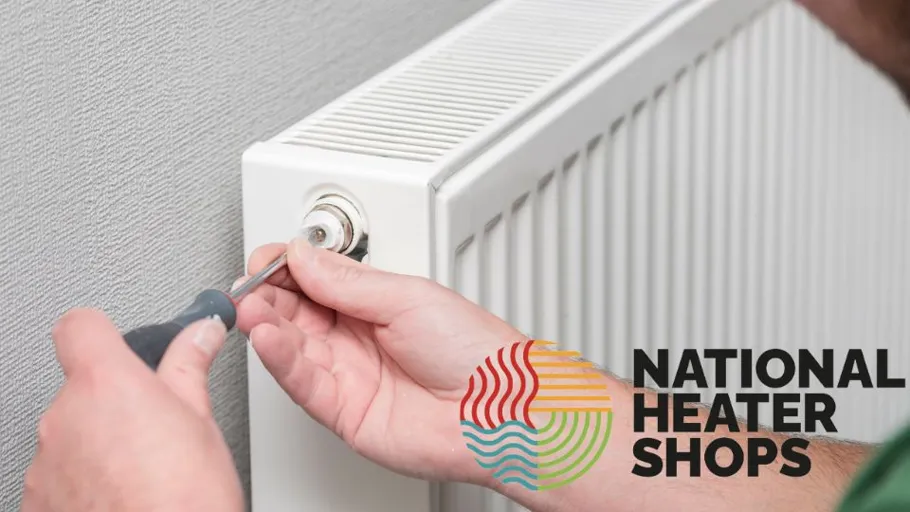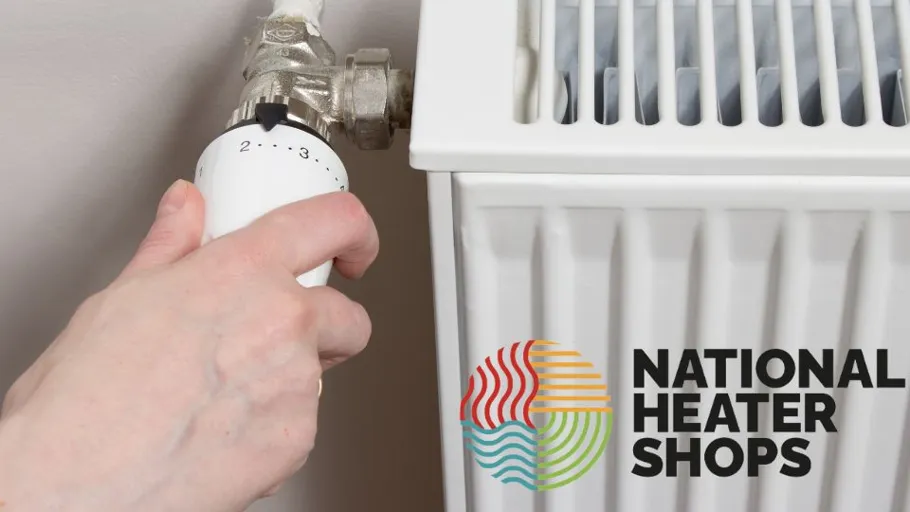Cold spots on the surface of a radiator can be a sign of trapped air in the radiator. The way to fix this is to bleed your radiators. This is a simple process and won't take much time.
Balance or Bleed
If your radiators have some cold spots along the surface, it's possible some air is trapped in there which means you'll need to bleed them.
Balancing a radiator is simply allowing more water to flow to colder radiators and restricting the flow to radiators that are too hot. You can spot a balancing issue when radiators heat up at different rates.
If you're unsure about the issue and thus whether you should bleed or balance, we'd recommend doing both.
When to Bleed
There are a few common signs your radiators may need bleeding:
Radiator cold at the top
This is the most common sign that your radiator needs bleeding. Essentially, what has happened here is that air has collected at the top of the radiator which is stopping the hot water from fully circulating around the radiator and heating it up.
Whole radiator is cold
This isn't very common but it can happen, air can get trapped somewhere in the pipes, restricting hot water to the radiator altogether. This can cause major issues if not resolved quickly. It is best to get in touch with an engineer for this issue.
Rattling Radiators
Trapped air in heating systems can cause radiators to make some peculiar noises. This could be for a variety of reasons, but it may be a sign you need to bleed your radiator.
What you need
You don't need much to bleed a radiator, you'll just need a
- Radiator bleed key
- Cloth
- Bucket/mug
- Safety Gloves
Step by Step Guide
This simple guide will help you bleed your radiators quickly and safely.
Turn your heating on
Turn on your heating and allow your radiators to heat up. This might take a while.
Find the radiators that need bleeding
Check your radiators to see which have cold spots, do this carefully, to avoid scolding yourself. If you do find some with cold spots or making peculiar noises then these radiators will need bleeding.
Turn off your heating
It's good practice to turn off your heating while bleeding to avoid injury. Ensure your heating is off and your radiators have cooled down sufficiently.
Put a towel down
There is likely to be some water flowing out when you bleed the radiator, place a towel or cloth below the radiator bleed valve.
Open the valve
Close the inlet and outlet valve at each end of the radiator and remove the screw from the centre of the bleed valve. Insert the radiator key and slowly turn it anti-clockwise until you hear a hissing noise as the air escapes.
Close the valve
Once the hissing has ceased, turn the key clockwise to close the valve.
Check the boiler pressure
Repeat the process for each radiator in the house that needs bleeding. Once this is finished, check the pressure gauge on your boiler. If this is between 1 and 2 bars then you can turn your heating back on and check your radiators. If not, you may need to increase the pressure on your boiler.







